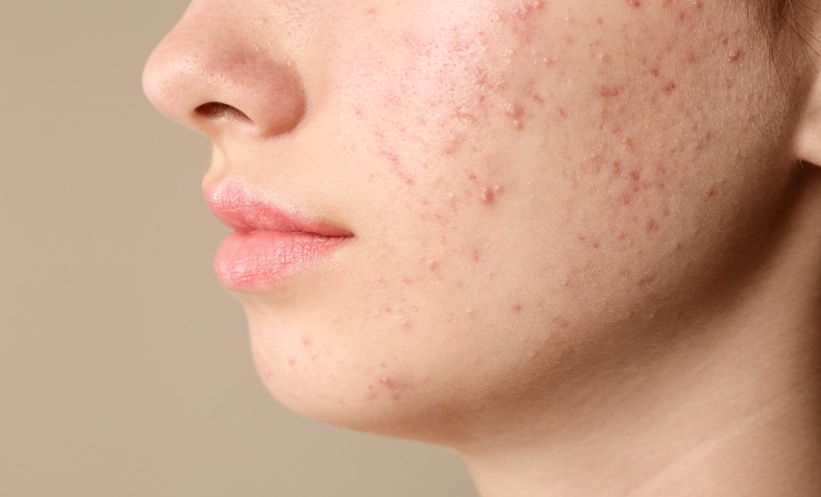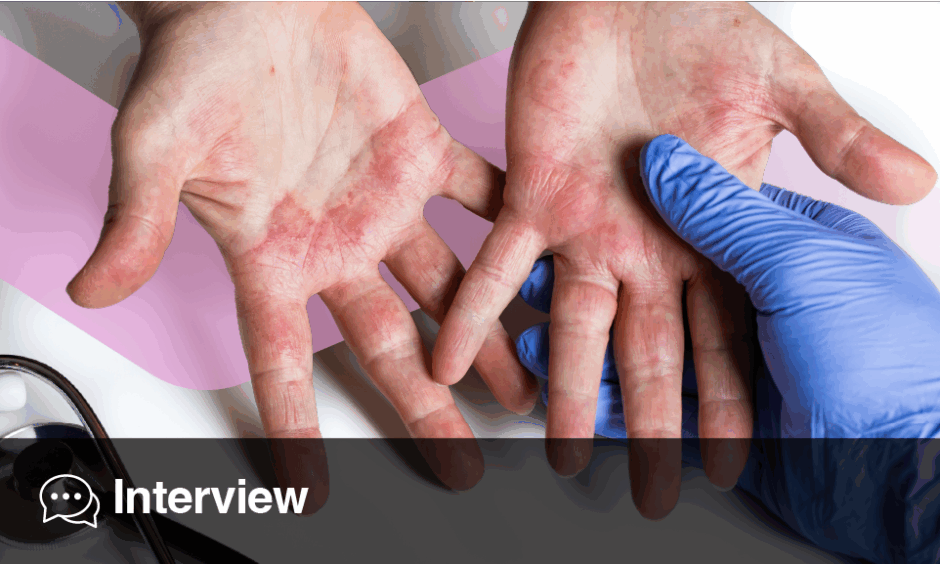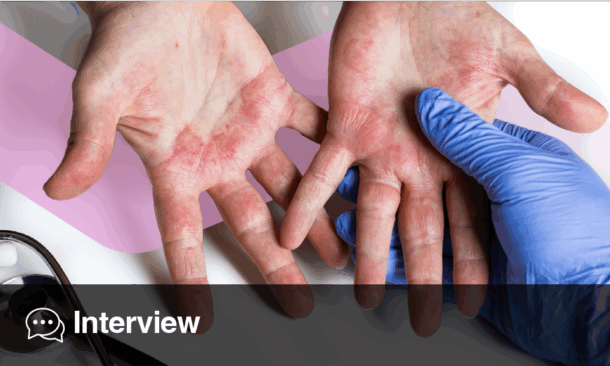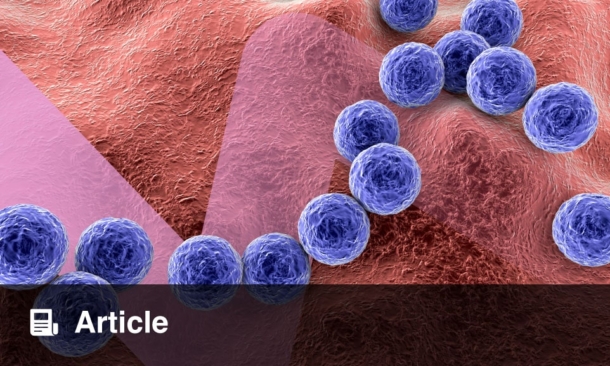ACNE VULGARIS is an inflammatory skin disorder affecting nearly 90% of adolescents and often leaves lasting scars that harm quality of life and mental health. Atrophic acne scars, classified as icepick, boxcar and rolling, result from collagen loss and present a particular therapeutic challenge. Conventional treatments vary by scar type and skin phenotype; microneedling and lasers are common first-line options, but no single definitive protocol exists.
This study evaluated a novel combination therapy using autologous fibroblast transplantation together with platelet-rich plasma (PRP) injections, compared with PRP alone, for treating atrophic acne scars. PRP is established in scar management for its growth factors that stimulate collagen synthesis, angiogenesis and tissue remodelling. Autologous fibroblasts, meanwhile, supply living cells that synthesise extracellular matrix components and encourage durable dermal regeneration.
Participants received three bi-weekly injections of either a fibroblast–PRP suspension or PRP alone. Objective biometric measures showed improvement in both groups, but the combination therapy produced significantly greater benefits. Patients treated with fibroblast–PRP demonstrated thicker, denser skin, larger reductions in scar volume and finer pore size, as well as improvements in skin elasticity and barrier function. Melanin and erythema indices also fell more markedly with the combination treatment.
The autologous nature of fibroblast therapy reduces the risk of hypersensitivity and granulomatous reactions associated with earlier fillers such as bovine collagen or synthetic implants. Unlike temporary hyaluronic acid fillers, fibroblast transplantation may yield more durable correction through ongoing collagen production; long-term studies have reported sustained patient satisfaction and continued improvement up to 24 months.
Importantly, the combined approach appeared safe in this study: no serious adverse events were reported and participants subjectively noted satisfying outcomes. While these results are encouraging, the authors acknowledge the limited clinical trial data available and call for larger, controlled studies to confirm efficacy, optimise protocols and assess long-term safety. If future trials replicate these findings, the approach could become a valuable option in clinical practice. Globally relevant.
Reference
Zare S et al. Comparison combination of autologous fibroblast cells plus platelet rich plasma (PRP) with PRP alone in treatment of atrophic acne scars, a split-face pilot study with biometric assessment. J Cosmet Dermatol. 2025;24(9):e70413.








